
| Recorded by: David George, Jeff Niznik, Rob Van Epps, Kevin Metcalf on 2025-07-20
Richmond Co.
Comment: | 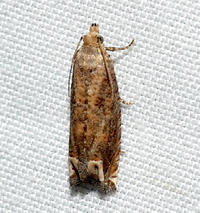
| Recorded by: David George, Jeff Niznik, Rob Van Epps, Kevin Metcalf on 2025-07-20
Richmond Co.
Comment: |

| Recorded by: Jim Petranka, Mark Basinger and Becky Elkin on 2025-06-28
Moore Co.
Comment: | 
| Recorded by: Simpson Eason on 2025-06-23
Durham Co.
Comment: |

| Recorded by: David George, Jeff Niznik, Jim Petranka on 2025-05-24
Richmond Co.
Comment: | 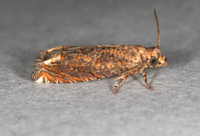
| Recorded by: Jim Petranka and Becky Elkin on 2025-05-23
Richmond Co.
Comment: |

| Recorded by: Jim Petranka and Becky Elkin on 2025-05-23
Richmond Co.
Comment: | 
| Recorded by: Jeff Niznik, David George on 2025-05-09
Cumberland Co.
Comment: |

| Recorded by: Dean Furbish on 2025-04-29
Pender Co.
Comment: | 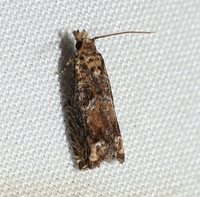
| Recorded by: David George, Jeff Niznik, Patrick Coin, Steve Hall, Carol Tingley, Tom Howard on 2024-07-27
Chatham Co.
Comment: |

| Recorded by: John Petranka on 2024-07-26
Orange Co.
Comment: | 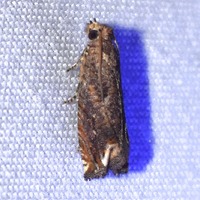
| Recorded by: Jeff Niznik on 2024-07-24
Orange Co.
Comment: |

| Recorded by: John Petranka on 2024-06-23
Orange Co.
Comment: | 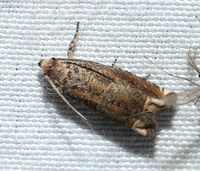
| Recorded by: David George, Stephen Dunn, Jeff Niznik, Patrick Coin on 2024-06-22
Chatham Co.
Comment: |
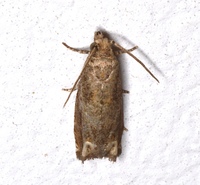
| Recorded by: Stephen Dunn on 2024-06-19
Orange Co.
Comment: | 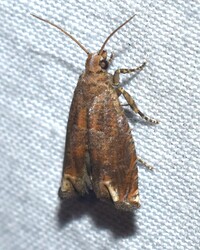
| Recorded by: Jeff Niznik on 2024-06-15
Scotland Co.
Comment: |
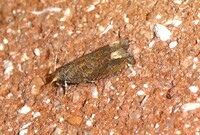
| Recorded by: Simpson Eason on 2024-06-04
Durham Co.
Comment: | 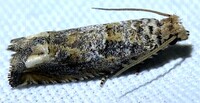
| Recorded by: Dean Furbish on 2024-05-05
Pender Co.
Comment: |

| Recorded by: Dean Furbish on 2023-05-01
Pender Co.
Comment: | 
| Recorded by: Dean Furbish and Joy Wiggins on 2022-10-27
Pender Co.
Comment: |

| Recorded by: Simpson Eason on 2022-08-20
Durham Co.
Comment: | 
| Recorded by: Simpson Eason on 2022-08-20
Durham Co.
Comment: |

| Recorded by: David George, L. M. Carlson, Stephen Dunn on 2022-07-15
Orange Co.
Comment: | 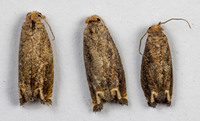
| Recorded by: Steve Hall on 2022-06-30
Durham Co.
Comment: |
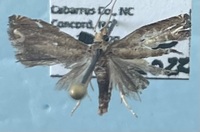
| Recorded by: Darryl Willis on 2022-06-15
Cabarrus Co.
Comment: | 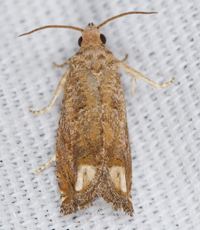
| Recorded by: Jim Petranka on 2022-05-30
Moore Co.
Comment: |

| Recorded by: Stephen Hall on 2020-06-22
Orange Co.
Comment: | 
| Recorded by: Stephen Hall on 2020-06-22
Orange Co.
Comment: |
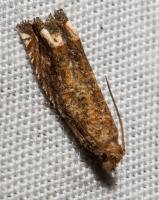
| Recorded by: Stephen Hall on 2020-06-22
Orange Co.
Comment: | 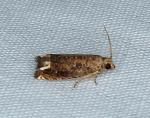
| Recorded by: T. DeSantis on 2012-08-12
Camden Co.
Comment: |
|

 »
»



 »
»

